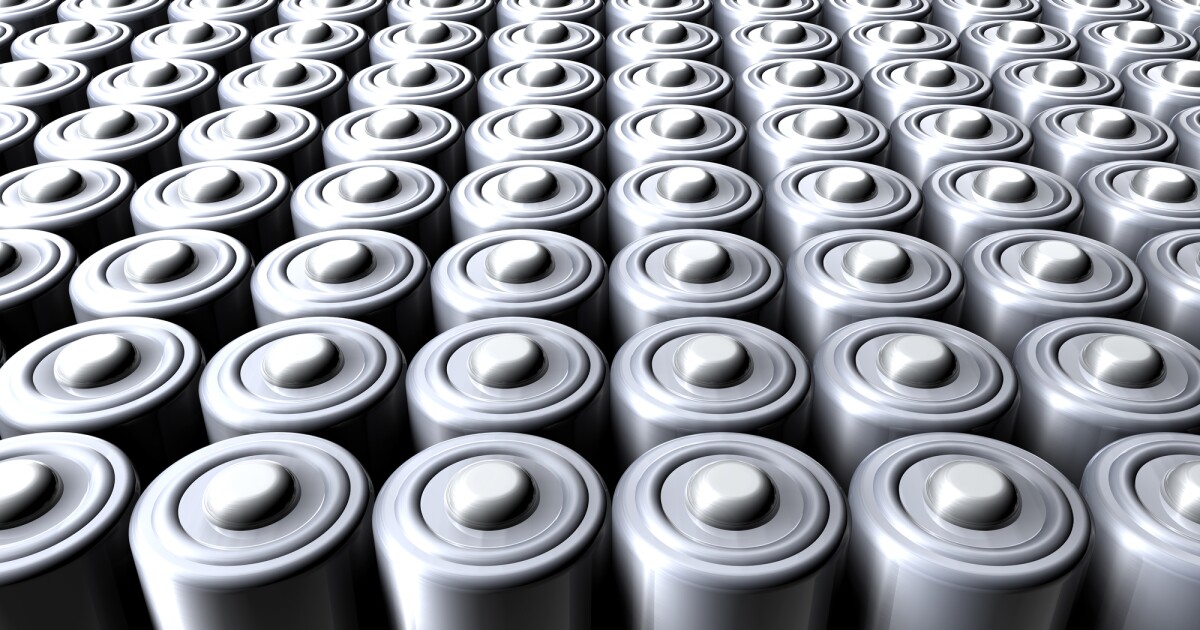Arthur Hanson
Well-known member
Cambridge has developed a new lower-cost imaging technology that allows the observation of reactions at the molecular level in real-time. The use of this technology looks like it could be especially promising in several areas of semi technologies, especially mems. The question is will these devices be produced in a large scale and enable a number scale and become a serious game-changer of the research world in a vast number of fields. Could this product with the mass production processes already existing in semis and mems production reach widespread use in almost a limitless number of applications in the future. I feel it has the potential to be a game-changer on a massive scale allowing real-time control over a large number of processes in both hardware and biological applications. It already looks like this equipment will be key in battery design and this is just the beginning. Any thoughts about the uses of this in semi research, production, or quality control would be appreciated.

 newatlas.com
newatlas.com

Real-time view of lithium ions in motion opens door to next-gen batteries
By better understanding the intricacies of how lithium batteries operate, scientists can more easily identify opportunities to improve their performance, and scientists at the University of Cambridge have developed a powerful new tool for the job. A low-cost and novel microscopy technique has…
Last edited:
